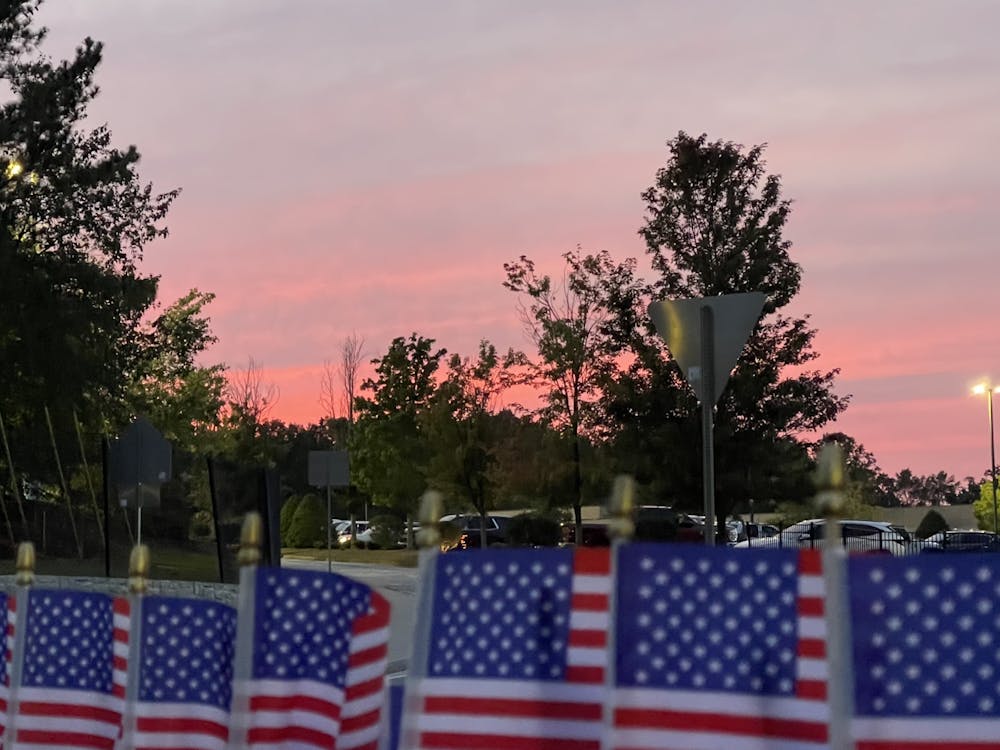In most instances, the word suicide is an unpleasant one. There is something about suicide that strikes directly at people’s basest urges. The act of taking one’s own life is so counterintuitive to most of us — so powerful is our survival instinct — that suicide almost inherently brings with it the idea that there must have been some way to convince the victims not to go through with it. Help on that front is certainly possible. Mental health services, grief counseling and other preventative measures can all aid those who are suicidal. Yet there is another face to suicide, one that does not occur to most people. In certain places in the U.S., terminally ill, mentally-lucid patients may petition a doctor to help them facilitate their own deaths if they have within a certain time left to live. Here, the goal is not just the patient ending his life; it is to prevent suffering that may accompany a death that is rapidly encroaching.
Such is the case with Brittany Maynard, a 29-year-old woman who was diagnosed with a terminal form of brain cancer. Her doctors informed her this past April, after treatment failed to keep her condition from becoming more severe, that she had fewer than six months to live. Maynard is now looking to shorten her timeframe by bringing about her own death as soon as Nov. 1, having it peacefully occur on her own terms as she ingests a lethal dose of medication that she was legally prescribed.
Maynard has quickly risen to become a central figure in the debate regarding physician-assisted suicide (PAS) and has made a point to use her remaining time to speak out against the prohibition of PAS in 45 of the 50 states — and laudably so. As of now, only Oregon, Washington, New Mexico, Montana, and Vermont permit PAS. For the most part, the pro-PAS movement has seen few victories since Oregon passed the first law legalizing PAS in 1997. Maynard brings no new arguments or logic to the PAS discussion. However, she does bring a relatively singular experience to the national stage. There have been 752 PAS deaths in Oregon since 1997, yet less than one percent of them were patients of Maynard’s age. Maynard, then, could be instrumental in helping public opinion change regarding PAS.
In many ways, PAS is a poor choice of nomenclature. To the uninformed, the phrase may sound like doctors are helping suicidal patients to end their lives rather than getting those patients the help they need. In actuality, the true nature of PAS is very far removed from that idea. PAS is suicide insofar as a patient will ultimately be taking his own life. That does not mean, though, that the patient is suicidal, or even mentally troubled in any way, which is why laws surrounding PAS prefer to focus on terms like the “right to die” or “death with dignity.” Death is a foreseeable certainty for patients like Maynard who seek the provisions guaranteed by PAS laws. Their illnesses will kill them before long, and any further medical interventions will likely cause them only more suffering. When medical treatments have failed to curb a terminal prognosis, should a person not be granted the final say over how his or her life ends?
Indeed, patients looking for death with dignity are seeking control; they are not looking forward to death itself. Maynard makes the key distinction in an essay she wrote defending her choices: “I do not want to die. But I am dying.” And here is where she can have the largest impact in the discussion over PAS. Maynard, because of her age and apparent vibrancy (the effects of her cancer have not rendered her incapacitated yet), will hopefully resonate with younger people, those who previously may have had little reason to think about how they wanted to end their lives. She could help make the distinction between a tragic suicide and death from PAS less muddled. Not only may further elucidating PAS lead to fewer stigmas surrounding it going forward, but younger people may become informed about rights to death that they did not know were worth fighting for.
A larger discussion regarding PAS is especially needed among younger demographics given advancements in medical technology and our ever-aging population. An increasing number of patients these days are dying from chronic conditions. Studies have shown that upwards of 25 percent of Medicare spending is now spent on five percent of the relevant population, most commonly patients in their final year of life. Moreover, this final year of life is often comprised of frequent re-hospitalizations. Patients, even if they formerly expressed the desire to die at home alongside loved ones, more often than not die in hospitals. Looking forward, younger people should ask themselves: If you were put in a situation similar to Maynard’s, or a similar situation at any age, what would you want? Obviously preferences will differ, and no person with an eligible terminal condition should be paternalistically steered towards ending his life via PAS. But if enough people end up empathizing with Maynard’s decision, then there could be significant progress toward more widespread PAS legalization in the future. Maynard, after all, moved from California to Oregon to qualify for her lethal medication. Not all terminal patients will have that liberty, despite being worthy of the same opportunities.
In the end, Brittany Maynard’s case involves one central tragedy: that such a young woman developed terminal brain cancer. That she will be dying soon only underscores the idea that suicide should not always be considered a poor way of coping with a situation. We would prefer that Maynard were not even faced with a decision of how to die. Her death will not be a moment of joy, Maynard will be dead regardless and deserves complete autonomy over her life to the bitter end. The alternative — remaining heavily medicated and hooked up to machines throughout an undignified decline — seems unquestionably worse.




